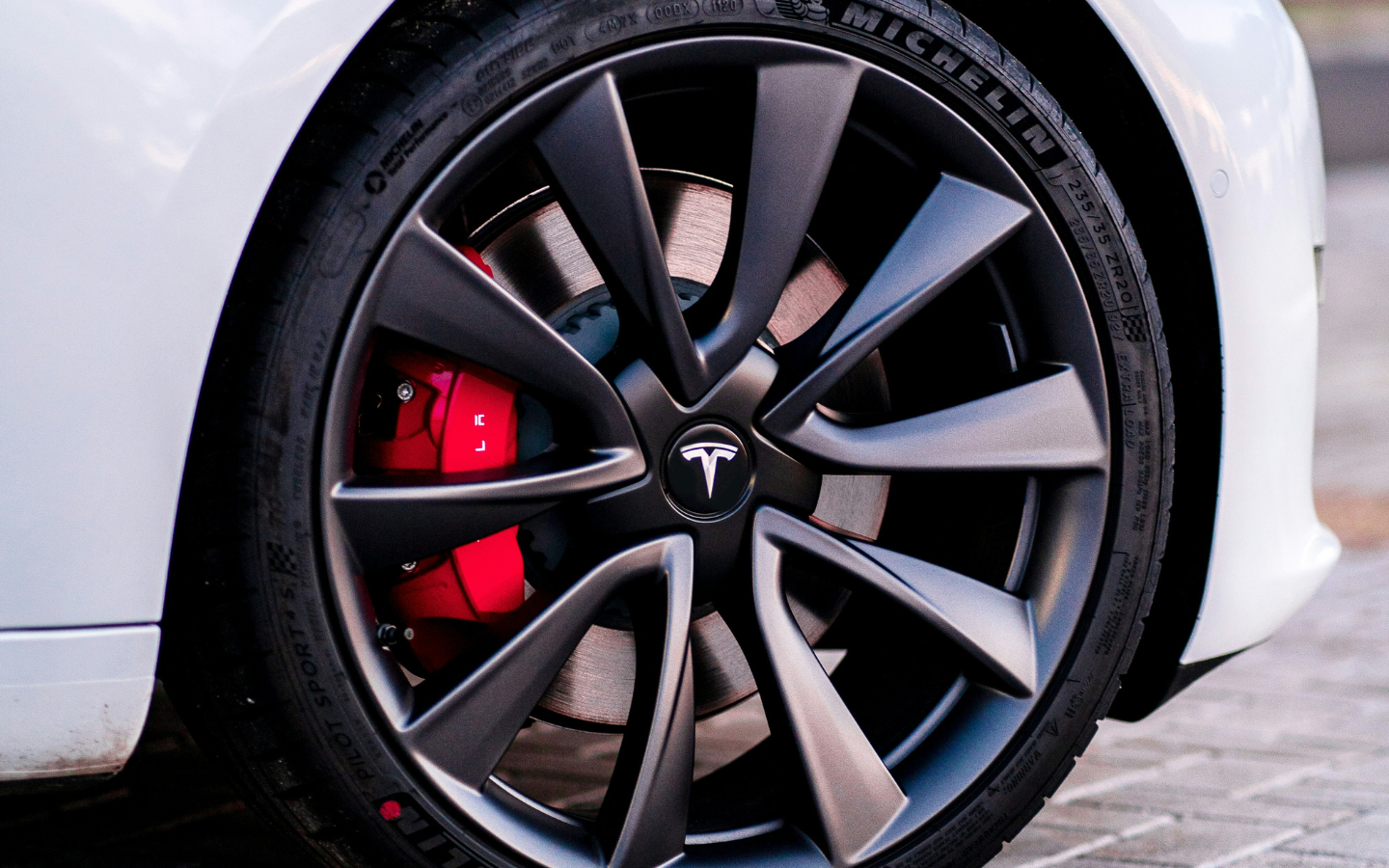Taking a sharp turn at speed, gliding around a roundabout, or even just navigating a curve on the highway cornering is something drivers do daily, often without thinking twice. But the quality and condition of your tyres play a major role in how well your car handles these moves.
If you’ve ever felt your car slide slightly during a turn or noticed uneven handling between left and right corners, your tyres might be the reason.
Let’s break down how your tyres directly influence cornering performance and what you can do to improve it.
Tyre Grip: The Foundation of Every Turn
Cornering relies heavily on traction. Tyres need to grip the road to allow your car to turn safely and smoothly. This grip is the result of several factors:
- Tread pattern – Tyres with deeper, well-designed tread patterns can channel away water and keep more rubber in contact with the road.
- Tyre compound – Softer rubber compounds often grip better but wear faster. Performance tyres typically use these to improve cornering precision.
- Tyre width – A wider tyre has a larger contact patch with the road, providing better grip during turns.
The better the traction, the more stable your car feels, especially during quick or tight corners.
Sidewall Flex and Stability
The sidewalls of your tyres the vertical part that connects the tread to the rim also matter more than you’d expect. If they’re too soft, the tyre may flex excessively during cornering, causing a sluggish or unstable feeling. On the flip side, tyres with stiffer sidewalls provide sharper response and help the car remain steady in aggressive turns.
This is one area where Hankook tyres have gained a solid reputation. Their sportier models are known for balancing sidewall firmness with daily comfort, offering both control and ease during cornering.
Tyre Pressure: A Subtle Yet Critical Factor
Even the best tyres can’t perform if they’re underinflated. Low tyre pressure reduces the tyre’s ability to hold its shape under cornering loads, leading to:
- Reduced grip
- Sloppy steering response
- Increased tyre wear on the edges
Always check your tyre pressure regularly at least once a month or before long trips. Use the manufacturer’s recommended levels, usually found on a sticker inside your driver-side door.
Tread Wear and Alignment
Worn-down tread means less surface area to grip the road. If the wear is uneven especially from bad alignment it can make your car pull during turns or feel unpredictable. Tyres with proper, even wear offer better balance through corners and more reliable handling.
If you start to notice a rough or skittish feeling during curves, it might be time for an alignment check or even a tyre rotation.
Matching Tyres Matters
For balanced cornering, it’s important that all four tyres are similar in type and wear. Mixing tyres with different tread designs, brands, or wear levels can throw off your car’s behavior in corners. Ideally, use a matching set, and if you’re replacing tyres, do it in pairs or sets of four whenever possible.
Final Thoughts
Cornering may seem like second nature, but behind the wheel, every turn depends on the relationship between your tyres and the road. From grip to pressure to sidewall stiffness, your tyres quietly handle the work of keeping your car stable and responsive.
Choosing the right set like those from trusted names such as Hankook tyres can make your daily drive feel sharper, safer, and more confident, especially when the road starts to curve.





